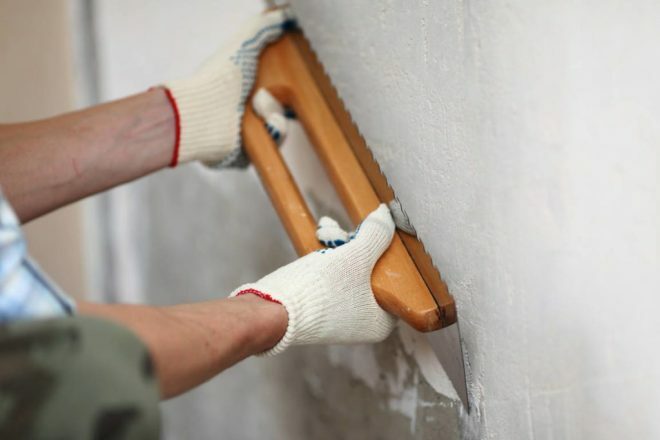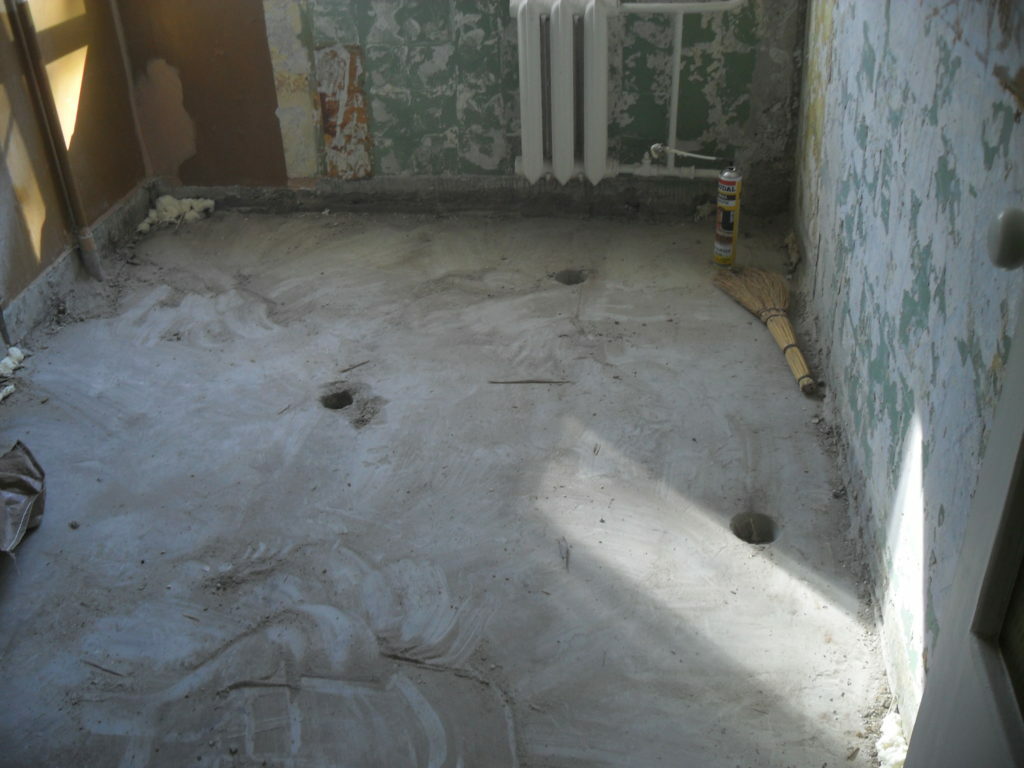Now digital automatic and semi-automatic blood pressure monitors are very popular. They are much easier to use than mechanical ones and have fairly accurate indicators.
As for automatic blood pressure monitors, they are the easiest to use. For their work, it is enough to put the cuff on the arm, and press the appropriate button. Everything else will be done by the device itself.
A semi-automatic device works on the same principle, the only way it differs from the first is that the air is pumped not by a compressor, but by a rubber bulb manually.
Although automatic appliances seem more attractive, they have their drawbacks. One of them is the mandatory use of high quality batteries, and for a large capacity. Such batteries have a higher price than conventional batteries, but their use is necessary, since the air compressor requires sufficient power for its operation.
To operate the semiautomatic device, it is enough to have batteries of the middle segment, which lasts for 2-3 years of use. Another advantage of these devices is that when replacing a rubber bulb, it will not take a lot of money and effort. Repair of the compressor, can fly into a pretty penny, which does not always justify the means. Sometimes, in such cases it is better to buy a new device.
A semi-automatic blood pressure monitor can serve faithfully for several years, but over time, it can also have different problems. This is due to the wear and tear of some elements, especially those that are most often used. It is clear that there is no point in repairing a rubber bulb or hose. This also applies to the measuring cuff. Due to their low cost and distribution, they can be purchased at one of the medical equipment stores.
As for electronics, there are ways to self-repair failed elements and circuit components.
In the photo, 1 microlife tonometer, which has a problem with the inclusion. To be more precise, to launch it, you need to press the “ON” button several times while making circular movements with your finger.

Although the device has been working fine for more than three years. The only drawback is this button, which at the most inopportune moment does not want to fulfill its function. This can annoy a person who is already feeling unwell.
This problem can be easily fixed. Just replace the button or solder her contacts. Before making a conclusion about a malfunction of the tonometer, its operation should be checked by installing new batteries. Only if after that nothing has changed, then you can think about repair.
So, you should start by disassembling the case.

To do this, open the battery compartment (Figure 2) and get out all the batteries. In this compartment, you need to look for the screw securing the two halves of the housing. In this tonometer, it is hidden under a warranty seal (Figure 3).

Open the seal and unscrew the screw.

He is alone in this device, but there are times when there are several.
If one of them remains unscrewed, then in this case, when disassembling, the entire case can be broken. After making sure that all the screws are removed, we try to separate the two halves of the case with a screwdriver or a knife blade (Figure 5).

This should be done carefully, while helping with the fingers. After removing the housing cover, carefully remove the board and turn it over.

To prevent anything from happening, he removes the tube tee from the groove in the case (Fig. 7 and 8).


Now there is access to the places of soldering the conclusions of the problem button.

If you look at the printed circuit board, then the two shoulders of the button are parallel, to improve contact. When the multimeter button was connected to the terminals in the resistance measurement mode and the button was turned on (Figure 10 and 11), the device showed an open circuit, although it should be the other way around. Only with pressure on the soldering points with the probes did the chain occasionally appear.


This indicated a soldering defect, as a result of which there was no exact contact operation. Sometimes, over time, a microcrack is formed around the output of the part, which may not be visible to the naked eye. This is especially true for electronic components that heat up or are subject to mechanical stress. For example, the same button that was mentioned above.
If the button turned out to be inoperative, then it can be replaced with a similar one from the old technology. For example, from the front panel of a satellite TV tuner or other inoperative equipment (Figure 12).

Also, such buttons are sold on the radio market or online store of electronic components. In this case, the problem was precisely in the folder, and there was no particular need to change the button.
You can solder the button conclusions with a 25 W soldering iron. A soldering iron with more power can overheat the tracks and cause them to peel off. Also, it is not very convenient for them to work, because of the thick sting.
To achieve a good soldering result, it is necessary to use a high-quality flux. The simplest is rosin dissolved in alcohol. You can use ordinary rosin.
So, we cover the places of soldering with flux (Figure 13) and heating the tool, solder the connection points of the button terminals (Figure 14).


In this case, no tin is needed, since what is on the board will be enough.
After soldering, wipe these places with cotton soaked in alcohol or cologne. This will remove debris and excess flux.
Next, we connect the probes of the multimeter with these conclusions, and by clicking the button we look at the result.

The board should “sit” on the plastic guide pins (Figure 16).

Next, the tube holder must be installed in the corresponding groove. We cover the board with the top cover, and with effort we snap the case.

Tighten the screw in the battery compartment.

We put the batteries and try to turn on the device.

The tonometer is turned on the first time, which means that the problem with the button is solved.
- DIY computer power supply repair
- How to make a refrigerator repair with your own hands?
- How to make a do-it-yourself infrared heater repair?
- How to repair a multicooker with your own hands?


